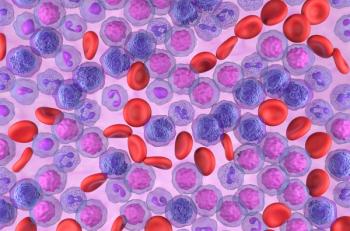
Oncology NEWS International
- Oncology NEWS International Vol 4 No 4
- Volume 4
- Issue 4
Antisense Drug Against BCL-2 Effective in Animal Cancer Models
SAN DIEGO--Genta Incorporated's antisense oligonucleotide targeted against the BCL-2 gene has proved effective against drug-resistant cancers in certain animal models of follicular lymphoma and colon cancer, the company said.
SAN DIEGO--Genta Incorporated's antisense oligonucleotide targetedagainst the BCL-2 gene has proved effective against drug-resistantcancers in certain animal models of follicular lymphoma and coloncancer, the company said.
The BCL-2 gene is overexpressed in many tumors, preventing normalapoptosis and inducing drug resistance. A phase I/II trial indrug-resistant follicular lymphoma is scheduled to begin at TheRoyal Marsden Hospital, London, by mid-year.
Articles in this issue
over 30 years ago
First Results of Avicidin Trialsover 30 years ago
Chemo Patients Often Develop Menstrual Irregularitiesover 30 years ago
Growth Factor Receptor Blockade Moving From Laboratory to Clinicover 30 years ago
Controlled-Release AZT Gets FDA Go-Ahead for New Drug Investigationover 30 years ago
Vinorelbine Plus Chemo Promising in Advanced Diseaseover 30 years ago
Bone Substudy a Part of Tamoxifen Prevention Trialover 30 years ago
Ultrasound Breast Screens Useful in Selected Womenover 30 years ago
New Roles Forecast for Endocrine Therapyover 30 years ago
Anticancer Drugs From Zeneca in Regulatory Phase of Developmentover 30 years ago
Osteosarcoma Chemo Regimens DebatedNewsletter
Stay up to date on recent advances in the multidisciplinary approach to cancer.


















































































